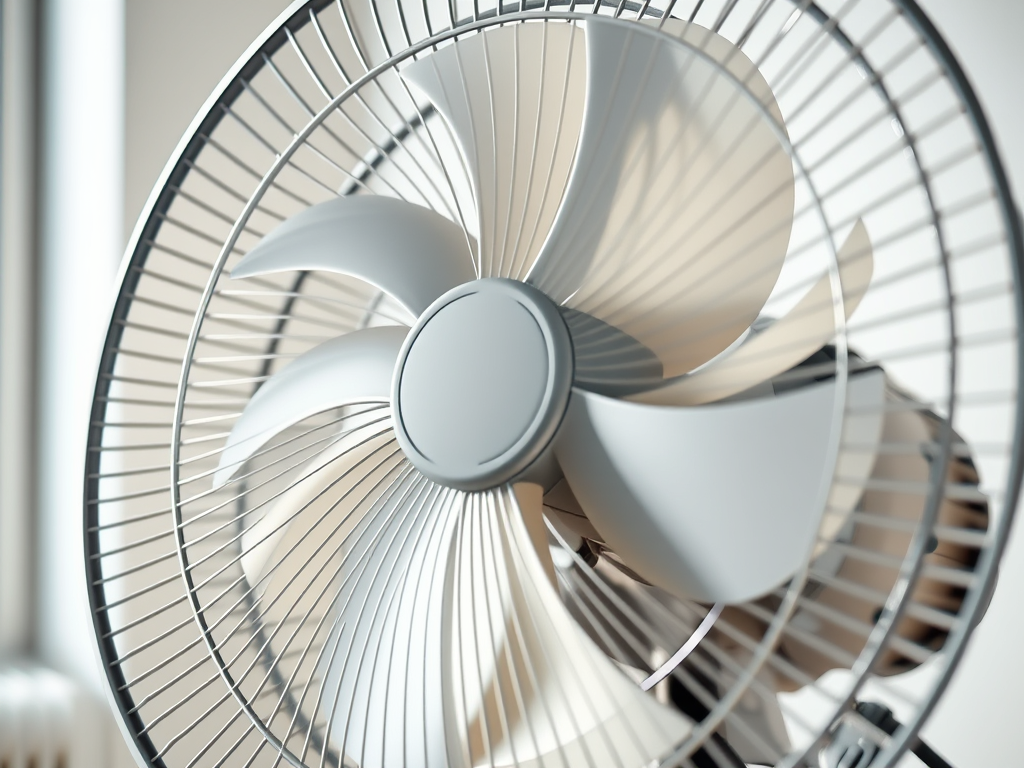Fans are now a common household item around the world, providing comfort and relief from heat, especially in warmer climates. However, the invention of the fan was a significant technological and cultural development that has had profound impacts on human living conditions, productivity, and even social behaviors.
This article explores the history and invention of the fan, how it evolved over time, and its far-reaching effects on daily life, health, and society.
The Early History and Invention of the Fan
The concept of the fan dates back thousands of years. Early humans used natural means to cool themselves, such as waving palm leaves or creating airflow with handheld fans made from feathers or woven materials.
Ancient Fans
In ancient Egypt, China, and India, fans were used not only for cooling but also as symbols of status and ceremony. These early fans were manually operated and often elaborately decorated. The handheld fan was an important cultural artifact, with royal courts and religious rituals featuring ornate fans.
Mechanical Fans
The major leap came with the development of mechanical fans, initially powered by water wheels or steam engines during the Industrial Revolution in the 18th and 19th centuries. The first electric fan was invented in the late 19th century, revolutionizing indoor cooling.
In 1882, Dr. Schuyler Skaats Wheeler patented the first electric fan in the United States. This invention paved the way for widespread use of fans in homes, workplaces, and public spaces.
Evolution of Fan Technology
From handheld fans to electric ceiling and table fans, the technology of fans has evolved immensely.
- Handheld Fans: Still used for cultural and decorative purposes, and in situations without electricity.
- Electric Fans: Became widely popular in the 20th century, with various types such as ceiling fans, pedestal fans, desk fans, and exhaust fans.
- Air Conditioning: Although distinct from fans, modern air conditioning systems use fans to circulate cooled air.
- Energy Efficiency: Recent innovations focus on quieter, energy-saving, and smart fans that can be controlled via remote or smartphone.
Effects of the Fan on Our Living
1. Enhanced Comfort and Quality of Life
Fans provide a simple, effective way to cool indoor environments, making living spaces more comfortable, especially in hot and humid regions. This comfort improves sleep quality, reduces heat-related stress, and enhances overall well-being.
2. Improved Productivity and Work Conditions
Before fans, working in hot climates was difficult, limiting labor productivity. The introduction of fans in factories, offices, and homes allowed people to work longer hours with less fatigue, boosting economic output and living standards.
3. Health Benefits and Risks
Fans help regulate body temperature and prevent heat exhaustion and heat stroke, especially during hot summers. For people without access to air conditioning, fans are a cost-effective way to reduce the risk of heat-related illnesses.
However, excessive fan use in enclosed spaces without proper ventilation can lead to dryness of skin and eyes, or aggravate respiratory conditions. Proper use and maintenance are important.
4. Energy and Environmental Impact
Compared to air conditioning, fans consume significantly less electricity, making them an eco-friendlier cooling solution. In many developing regions, fans remain the primary cooling method due to lower cost and energy consumption.
Promoting fan use over energy-intensive cooling can contribute to reducing carbon footprints globally.
5. Social and Cultural Impacts
The fan has influenced social behaviors, architecture, and cultural practices:
- Architecture: Buildings in hot climates often include ceiling fans or cross-ventilation designs to optimize airflow.
- Social Gatherings: Fans enable comfortable indoor and outdoor socializing in warmer weather.
- Cultural Symbols: In some cultures, fans remain symbols of elegance, ceremony, or traditional art.
Fans in Modern Life
Fans are ubiquitous in modern households, offices, vehicles, and public transportation. They contribute to:
- Air Circulation: Preventing stagnant air and improving indoor air quality.
- Combating Humidity: Reducing discomfort from dampness.
- Energy Savings: Fans used in conjunction with air conditioners allow higher thermostat settings, reducing cooling costs.
- Personal Comfort: Portable fans and wearable cooling devices offer personalized cooling solutions.
Challenges and Innovations Ahead
While fans have served humanity well, there are challenges and opportunities for future improvement:
- Noise Reduction: Making fans quieter for better comfort.
- Smart Technology: Integrating fans with home automation for efficient use.
- Sustainable Materials: Using eco-friendly materials in manufacturing.
- Health Focus: Designing fans that optimize air quality and reduce allergens.
Conclusion
The invention and evolution of the fan have had a profound impact on human living. From ancient hand-held devices to modern electric fans, they have enhanced comfort, improved health and productivity, and contributed to energy savings.
As the world faces increasing temperatures due to climate change, fans will continue to play a crucial role in sustainable cooling solutions. By understanding their history and benefits, we can appreciate the fan not just as a household appliance but as a key invention shaping our daily lives.





